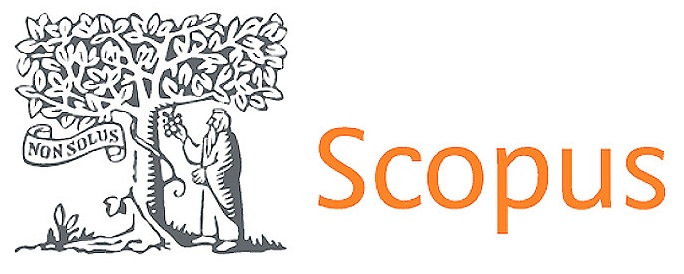Review on the Implementation and Impact of the Comprehensive and Progressive Agreement for Trans-Pacific Partnership on China's Pharmaceutical Economy
DOI:
https://doi.org/10.56294/sctconf20251339Keywords:
CPTPP, Pharmaceutical patent, Undisclosed data exclusivity, Patent linkage system, Patent compulsory licensingAbstract
Background: The ‘Intellectual Property Rights’ chapter of the Comprehensive and Progressive Agreement for Trans-Pacific Partnership (CPTPP) sets high international standards for intellectual property rights (IPR) protection, particularly with regard to pharmaceutical patents. Even though some of the provisions are currently suspended, the stringent nature of these provisions poses undeniable challenges to member states, and likewise they have become an obstacle to China's IPR negotiations when joining the CPTPP.
Objective: Analyze the CPTPP drug patent rules and their application in China's intellectual property law, evaluate the adaptability and challenges of China's drug patent protection system, and put forward suggestions for improving China's drug patent protection system through comparative research.
Methods: A qualitative analysis This study is a qualitative theoretical study, using text research, comparative research, and case study methods. It tracks relevant research on pharmaceutical patents in the HeinOnline database, LexisNexis, WIPO database, and Cnki, and uses the China Judgment online to search for cases related to pharmaceutical patent disputes for a comprehensive analysis.
Results: A high-standard pharmaceutical patent protection system is characterized by four critical rules established in the CPTPP. China's current pharmaceutical patent laws largely meet the CPTPP's requirements. Despite this alignment, there are notable deficiencies in the legal implementation aspect.
Conclusion: While China's pharmaceutical patent laws are fundamentally compliant with CPTPP standards, further enhancements in legal implementation are necessary to mitigate potential risks associated with joining the agreement.
References
Data curation: Xiaoqing Cai
Formal analysis: Xiaoqing Cai
Research: Xiaoqing Cai
Methodology: Xiaoqing Cai
Project management: Xiaoqing Cai, Nabeel M. Althabhawi, Zinatul Ashiqin Zainol
Resources: Xiaoqing Cai
Software: Xiaoqing Cai
Supervision: Nabeel M. Althabhawi, Zinatul Ashiqin Zainol
Validation: Xiaoqing Cai
Display: Xiaoqing Cai
Drafting - original draft: Xiaoqing Cai
Writing - proofreading and editing: Xiaoqing Cai, Nabeel M. Althabhawi, Zinatul Ashiqin Zainol
Downloads
Published
Issue
Section
License
Copyright (c) 2025 Xiaoqing Cai , Nabeel M. Althabhawi, Zinatul Ashiqin Zainol (Author)

This work is licensed under a Creative Commons Attribution 4.0 International License.
The article is distributed under the Creative Commons Attribution 4.0 License. Unless otherwise stated, associated published material is distributed under the same licence.



